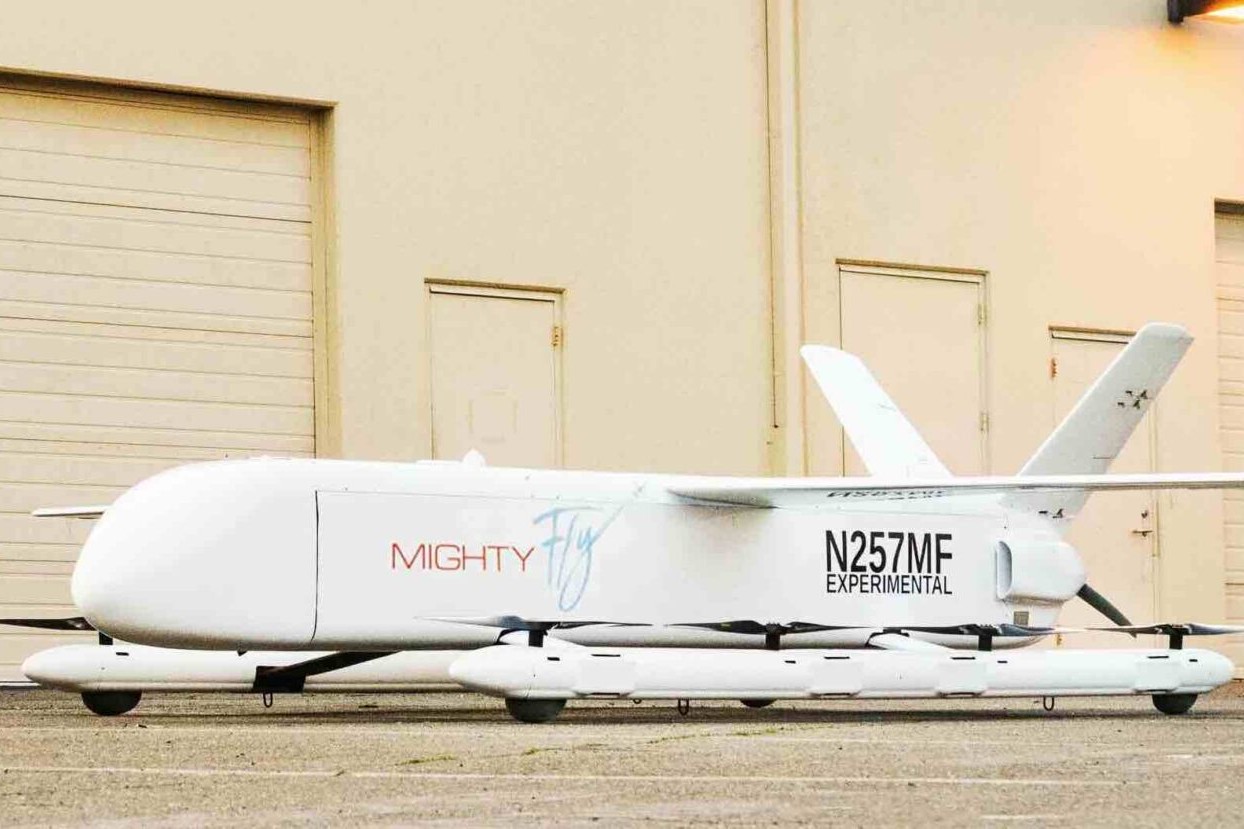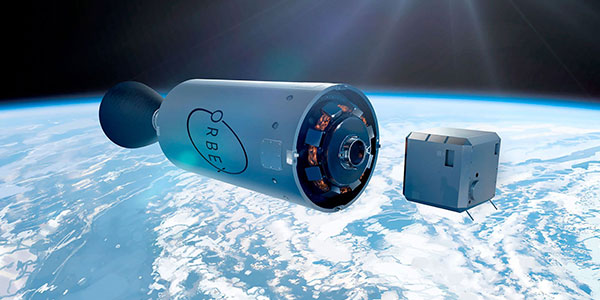Astranis has unveiled its latest breakthrough in communications satellite technology, ushering in a new era of faster and more compact broadband delivery from geostationary orbit. Dubbed Omega, these next-generation satellites promise to revolutionize orbital communications by offering unprecedented bandwidth speeds while significantly reducing size and vulnerability.
Unlike traditional large and easily detectable satellites, Astranis’ Omega satellites are compact yet powerful, delivering approximately 50 gigabits per second of bandwidth in both civilian and military Ka bands. CEO John Gedmark emphasized the dual-use nature of this technology, catering to both commercial and government clients.
Details about Omega
The key to Omega’s enhanced performance lies in its advanced software-defined radio and more efficient signal deployment. Unlike previous satellites that emitted coherent beams, Omega’s signal resembles a vast LED array, providing uniform coverage over a much larger area. This innovation enables the potential servicing of millions of points, catering to diverse customer needs and use cases.
Moreover, Omega boasts support for specific waveforms, including the Protected Tactical Waveform, ensuring continuous capacity provision even in contested environments. This represents a significant departure from traditional satellite designs, which are often large and susceptible to attacks.
In terms of maneuverability and longevity, Omega maintains Astranis’ hallmark features, including all-electric propulsion for orbital maneuvers and a lifespan of at least 10 years. This agility not only ensures satellite longevity but also facilitates repositioning and other strategic maneuvers.

Credit: Astranis
More About Astranis
One of Astranis’ most compelling offerings with Omega is the provision of dedicated satellites for individual customers. This “satellite as a service” model opens up satellite technology to a wider range of customers, including multinational corporations that may not have the resources for dedicated satellite programs. Industries such as energy, oil, and gas stand to benefit significantly from secure and reliable satellite data.
Looking ahead, Astranis aims to complete the first Omega satellite by 2025, with a launch slated for 2026. Initial deployment will involve around six satellites, with plans for up to 24 launches per year thereafter, depending on manufacturing scalability. While the focus remains on Earth-bound applications, Gedmark hinted at the potential for expansion into the cislunar market, underscoring Astranis’ commitment to continuous innovation and growth.



































